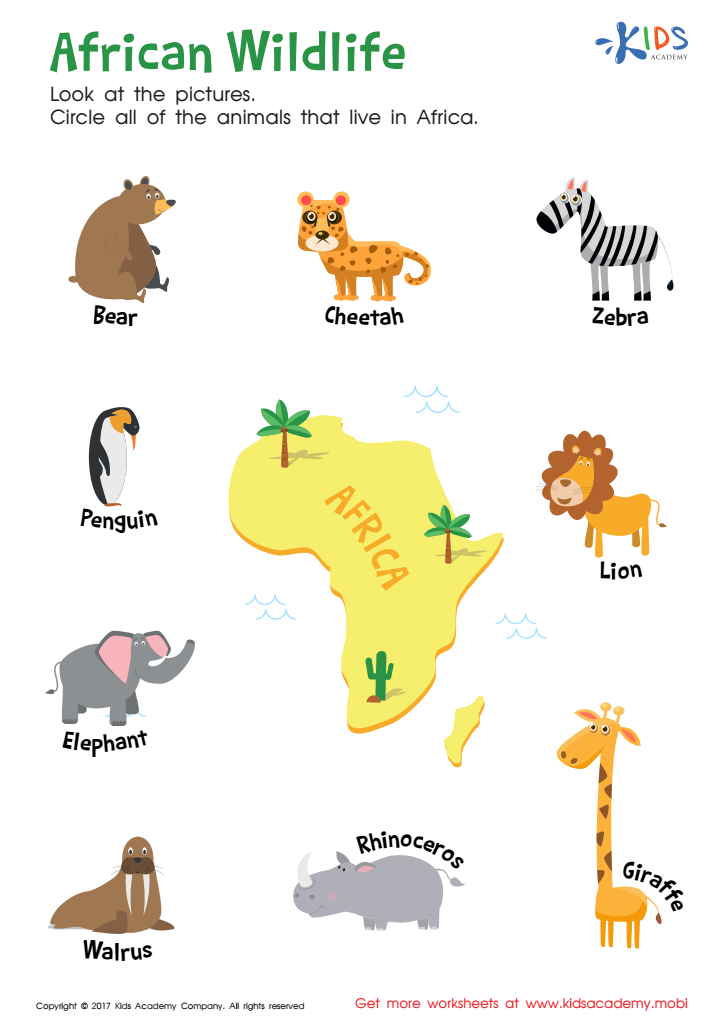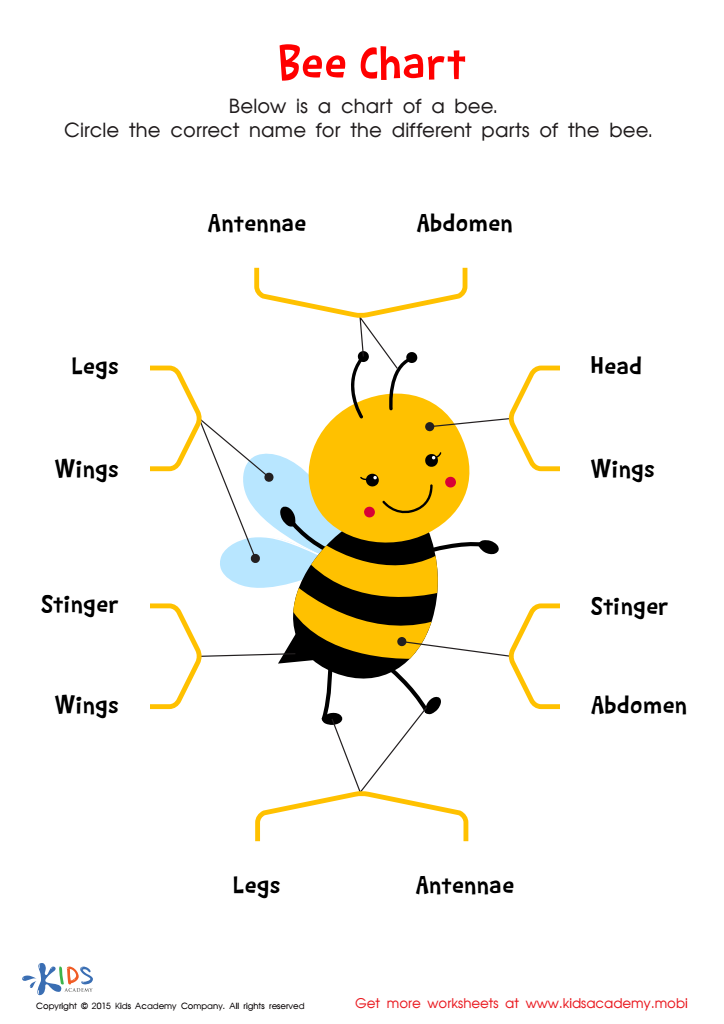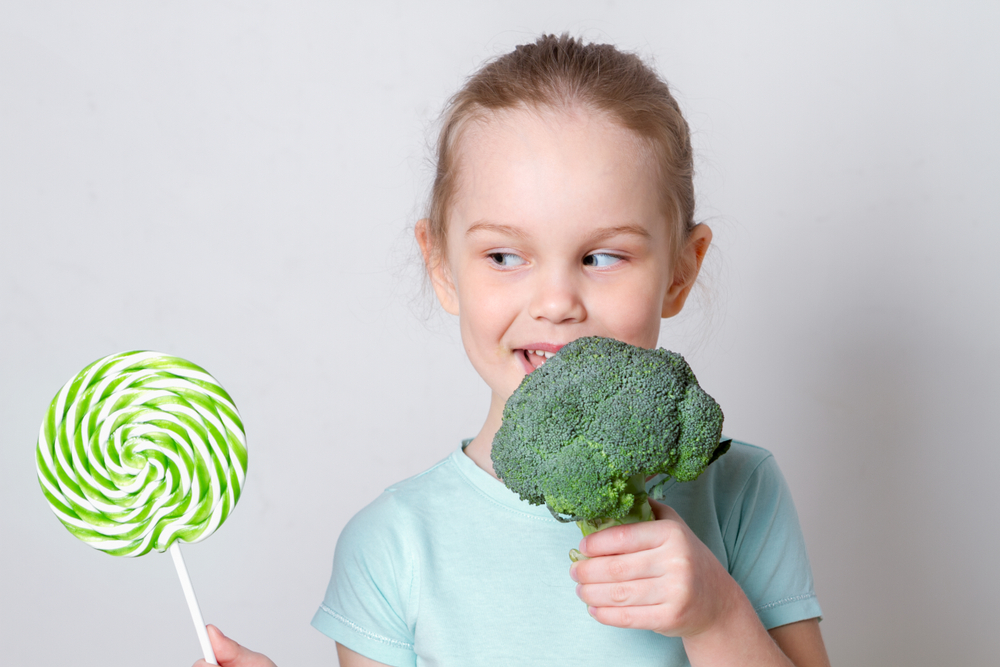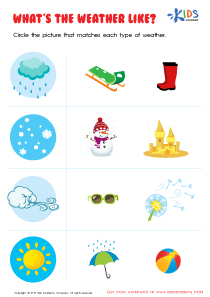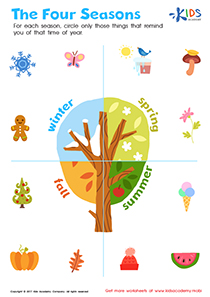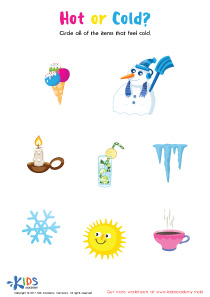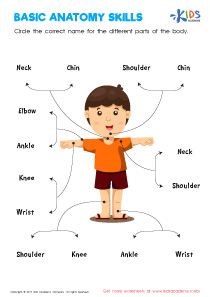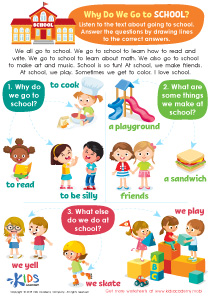Normal Plants and Animals Worksheets for Ages 4-8
12 filtered results
-
From - To
Discover our collection of engaging "Normal Plants and Animals Worksheets" designed for kids aged 4-8! These printable resources introduce young learners to the fascinating world of nature, helping them understand diverse plant and animal life. Each worksheet is filled with fun activities, including coloring, matching, and identification tasks, aimed at developing essential skills such as observation and critical thinking. Perfect for home or classroom use, our worksheets provide a vibrant, hands-on approach to learning. Nourish your child's curiosity and foster a love for the environment with these creative and educational materials! Explore the wonders of plants and animals today!
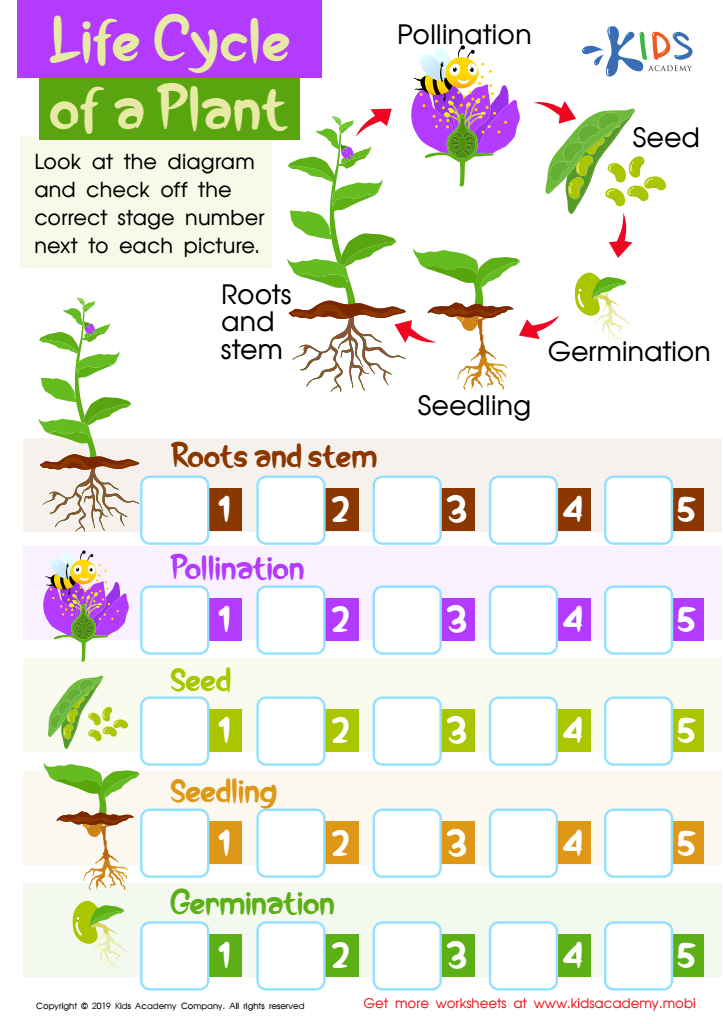

Life Cycle of a Plant Worksheet


African Wildlife: Giraffe Worksheet
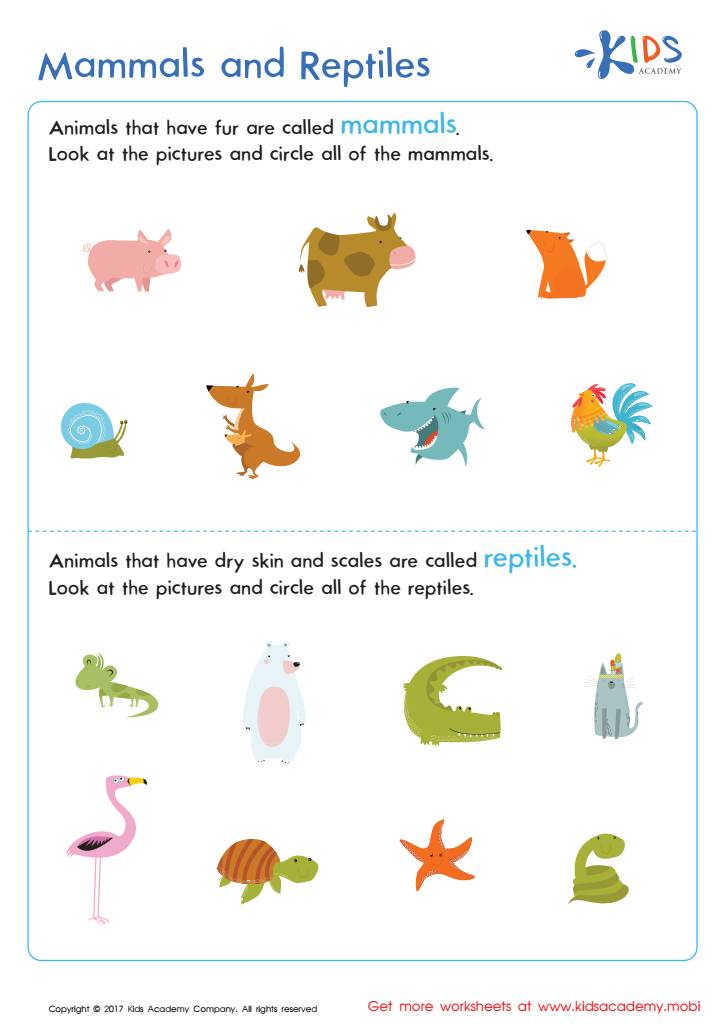

Mammals and Reptiles Worksheet
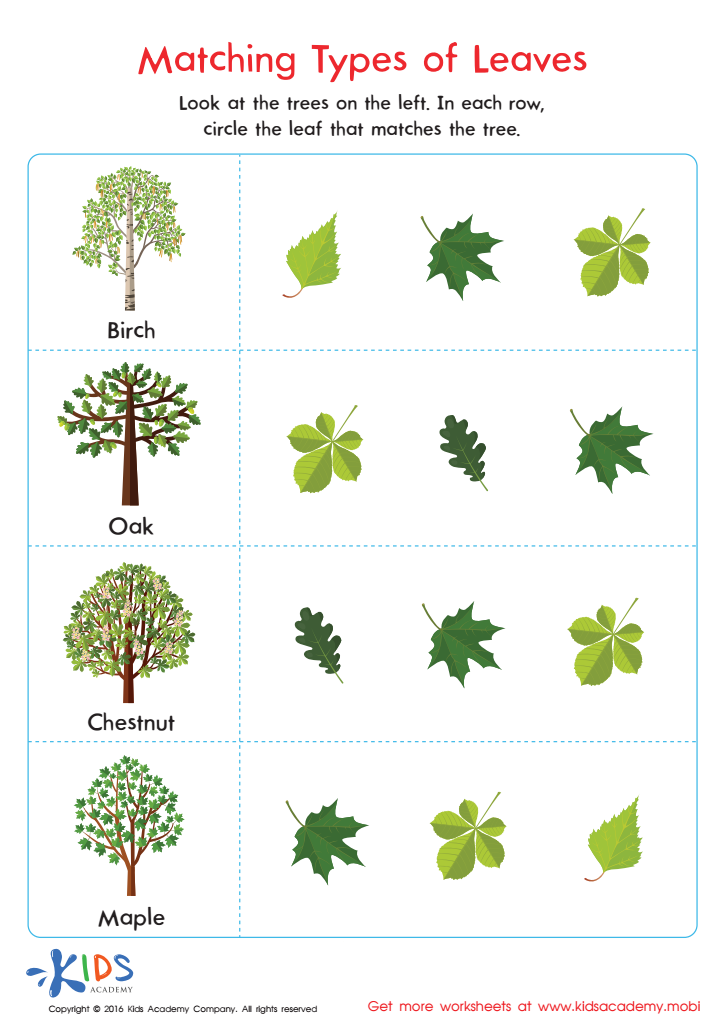

Matching Types of Leaves Printable
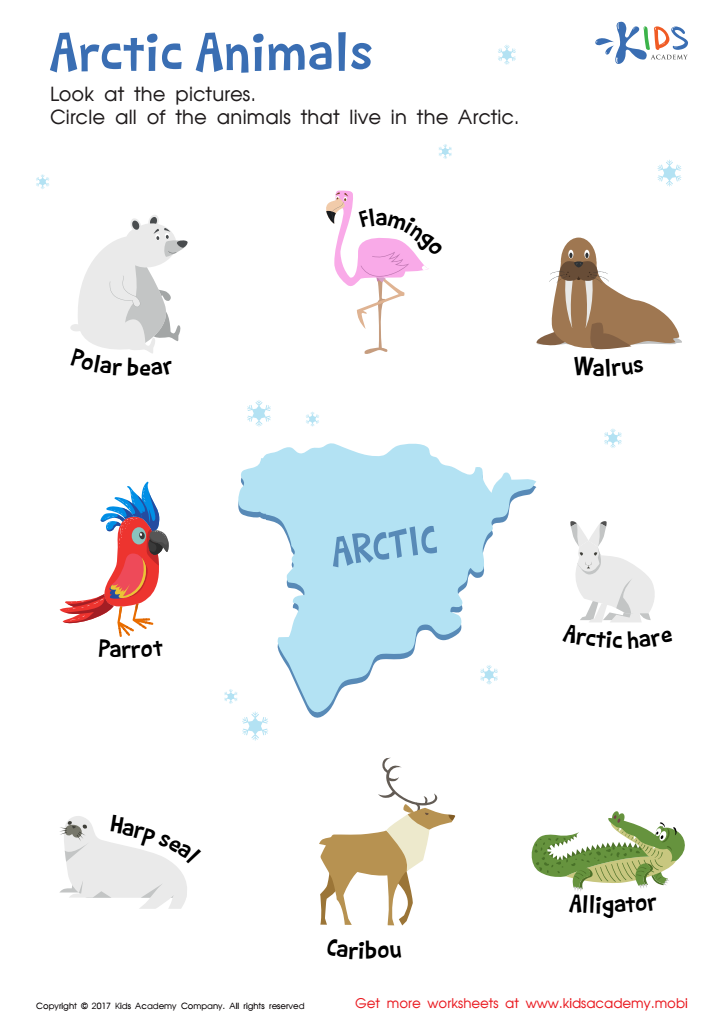

Arctic Animals Worksheet
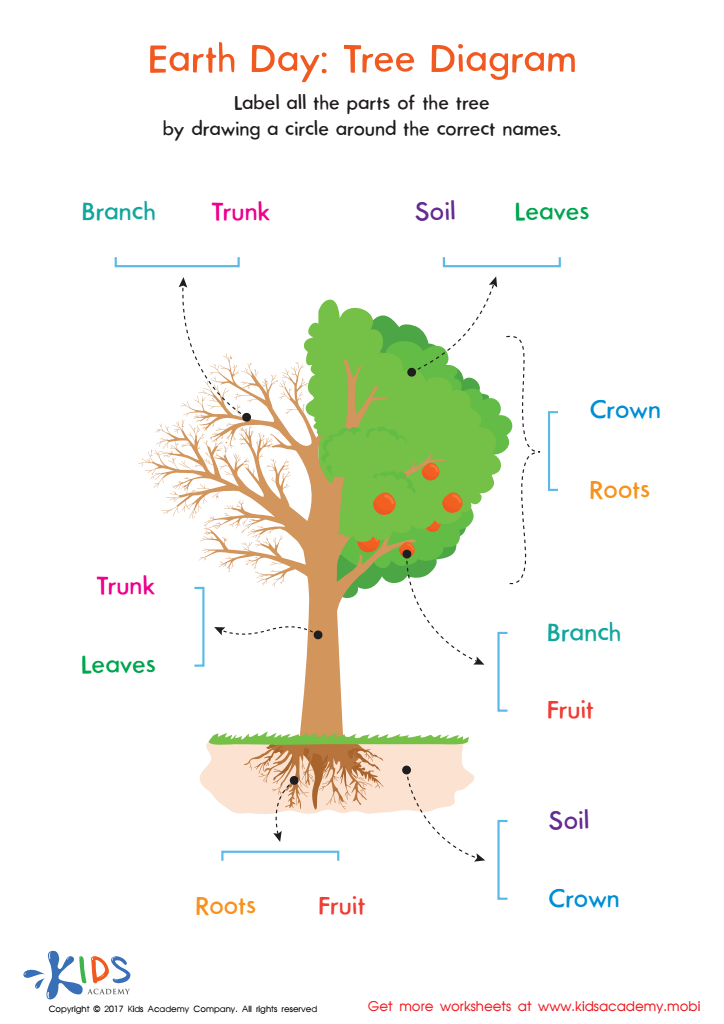

Earth Day: Tree Diagram Worksheet
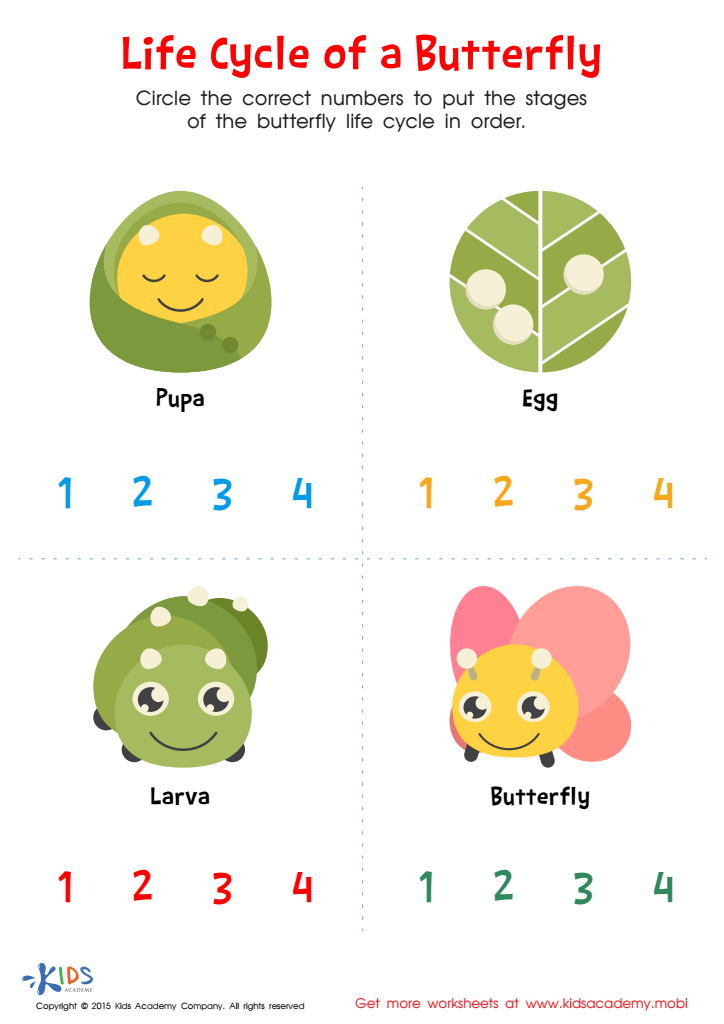

Life Cycle of Butterfly Printable
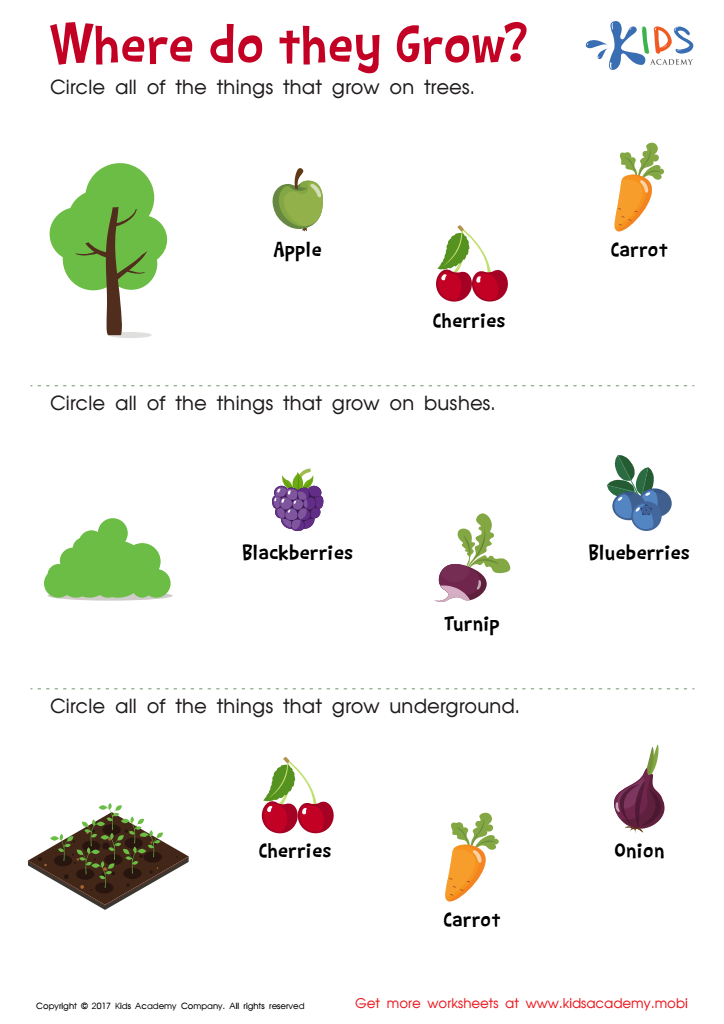

Where Do They Grow Worksheet
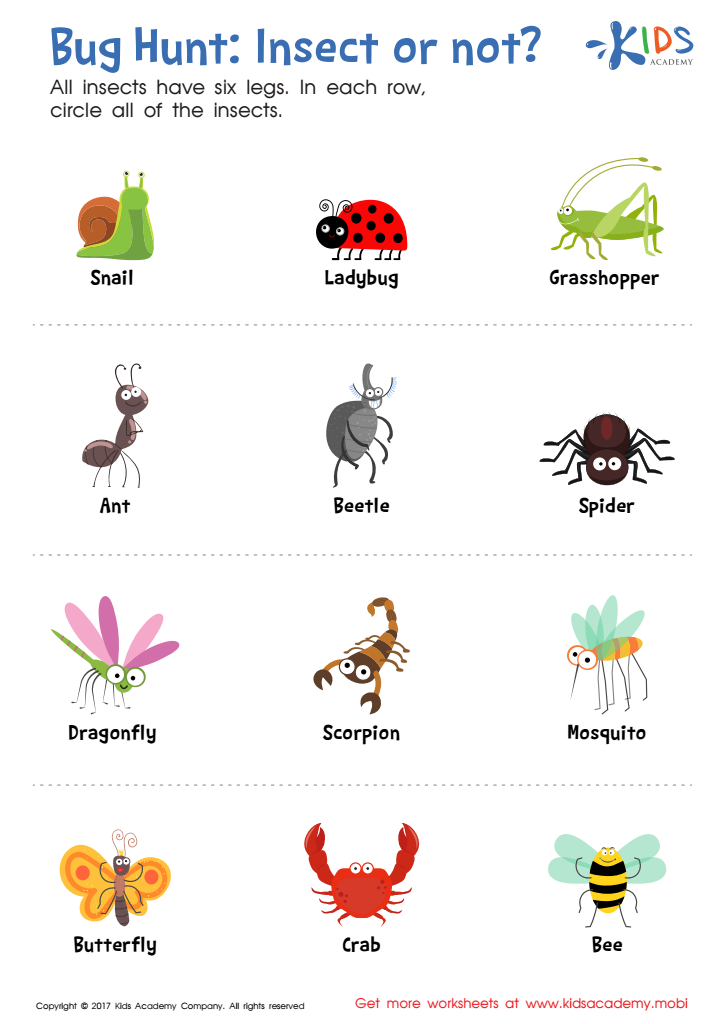

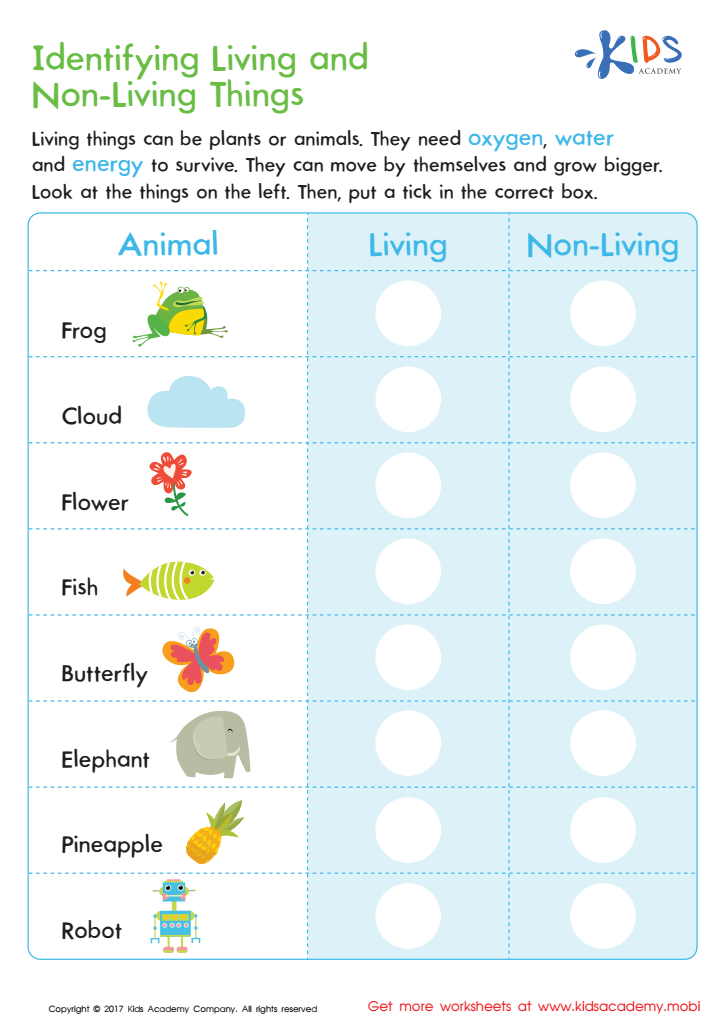

Identifying Living or Non–living Worksheet
Parents and teachers should care about teaching children about normal plants and animals because this knowledge fosters a strong foundation for understanding nature and environmentally responsible behavior. For ages 4-8, children are naturally curious, and discussing common plants and animals helps satisfy this curiosity while promoting observational skills. Learning about local flora and fauna encourages children to connect with their surroundings, fostering a sense of wonder and appreciation for the environment.
Furthermore, developing awareness of normal plants and animals can aid in biology and sustainability education later on. Understanding the role of plants and animals in ecosystems, such as pollination, food chains, and habitat preservation, can inspire a respect for nature and the necessity of conservation efforts.
Additionally, engaging with plants and animals cultivates important cognitive and emotional skills, such as empathy and responsibility. Caring for a plant or observing wildlife instills a sense of stewardship in children. This early education lays the groundwork for knowledgeable future citizens who value biodiversity and make informed decisions related to environmental issues. In sum, nurturing an early connection to plants and animals equips children with essential life skills and perspectives that benefit them and the world around them.
 Assign to My Students
Assign to My Students
